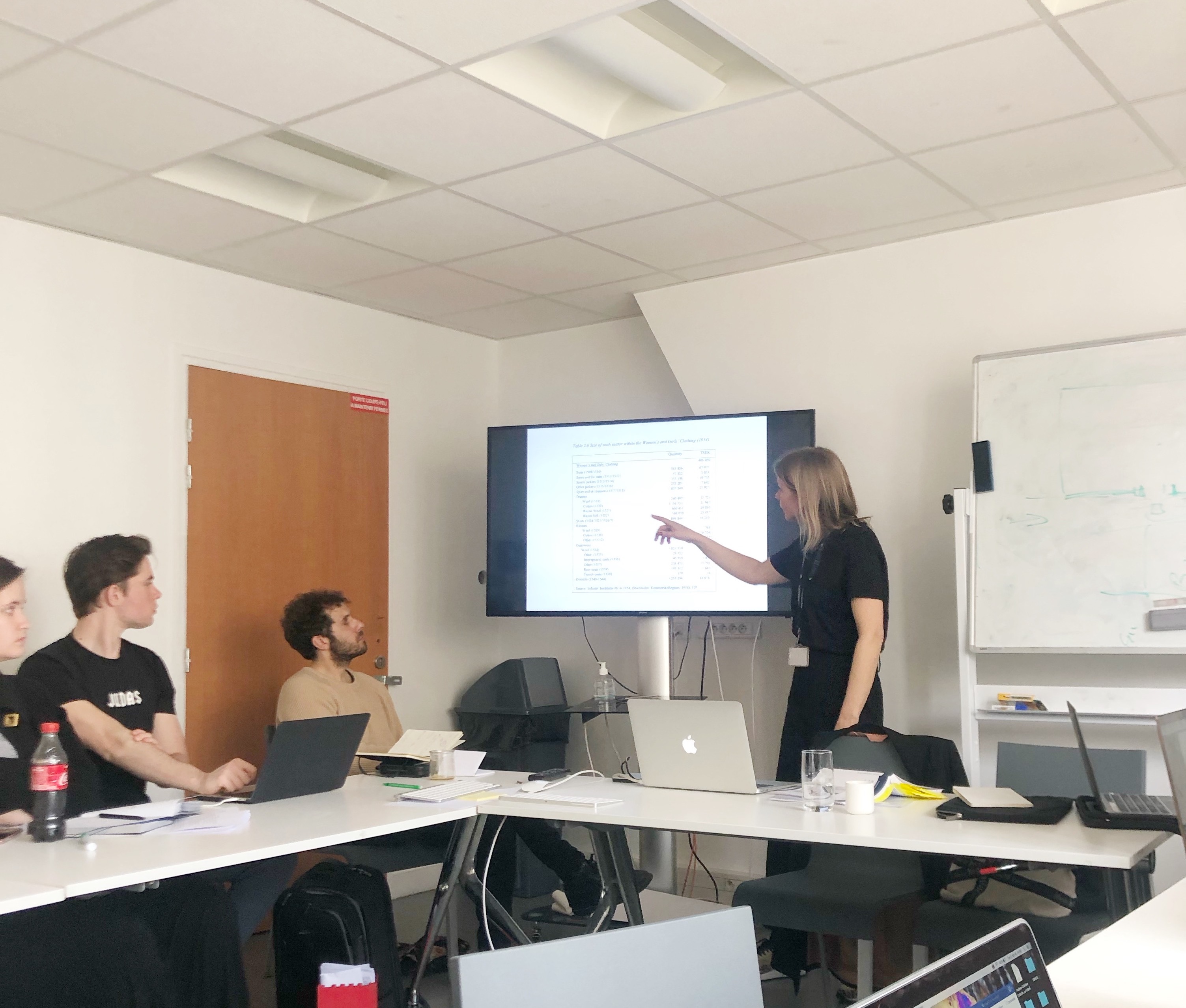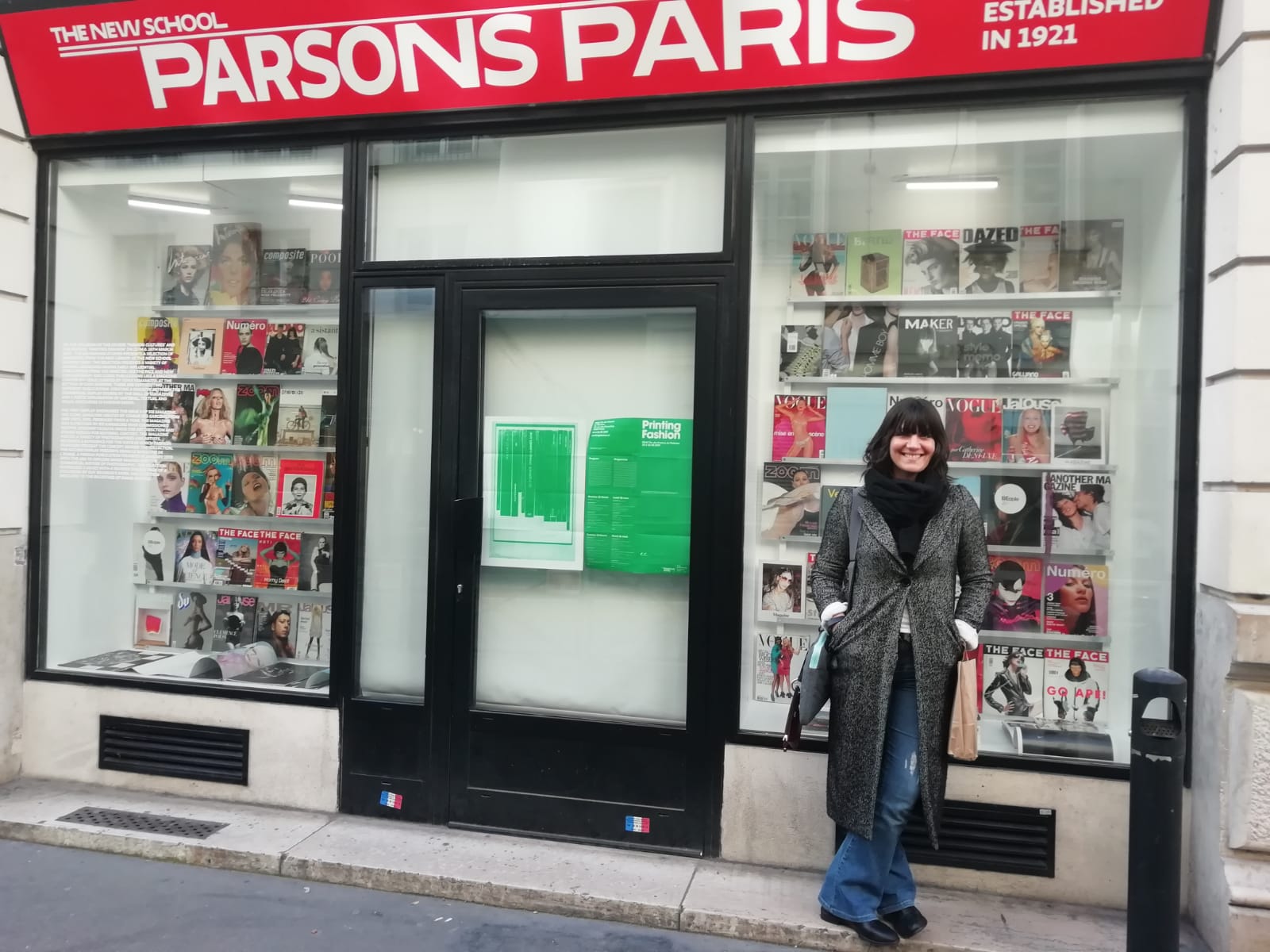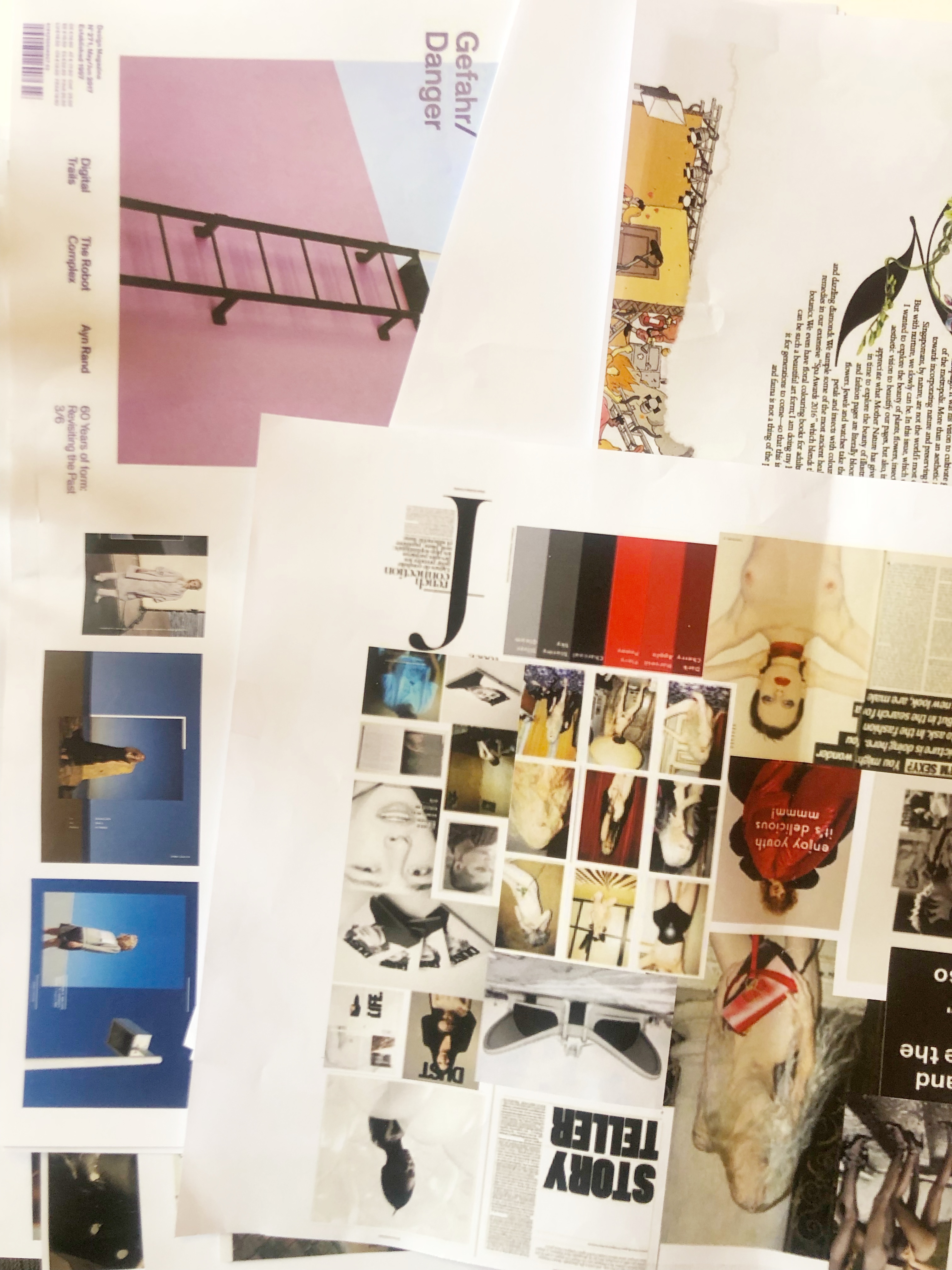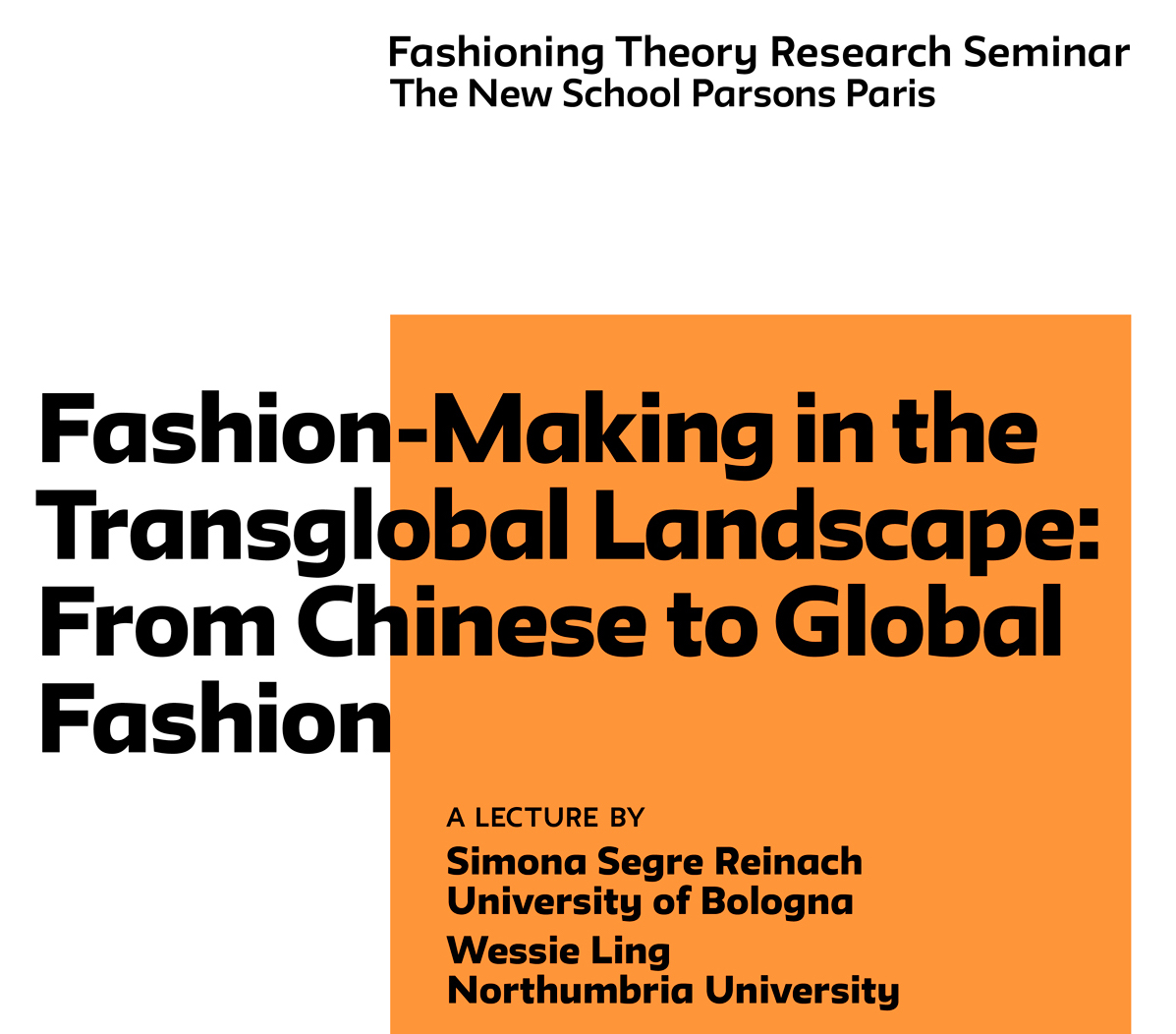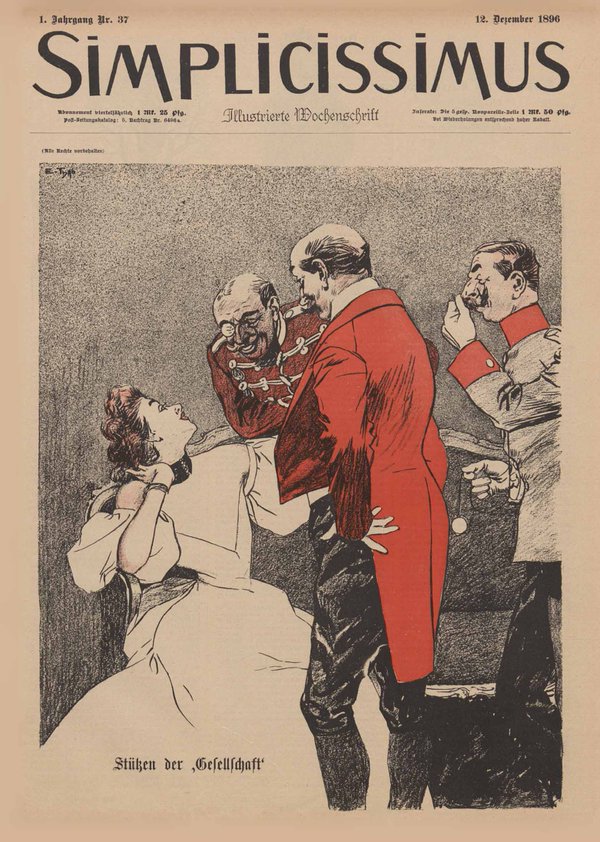
Simplicissimus, 12 December 1896
On Tuesday October 5, 2016, we had the pleasure of welcoming Dr. Andrea Kollnitz, art historian and senior lecturer at the University of Stockholm, to our course ‘Fashion Systems and Global Perspectives’ as she gave a talk on northern fashion identities in transnational relations.
In the lecture, Dr Kollnitz discussed the rise of fashion national identities during the XVIII century arriving to explore the construction of national aesthetics in Scandinavian countries, the United Kingdom, and in the Belgium city of Antwerp.
A particular focus was given to the relationship between Germany and Sweden, after World War I, and their common rejection of French fashion. Discussing the satirical German weekly magazine Simplicissimus (November 9, 1921), Kollnitz explained how French fashion was no longer being appreciated and looked upon but rather rejected. This, to some extent, symbolized the birth of a German fashion nation.
Moreover, Kollnitz introduced the idea of Scandinavian fashion nations referring to clichés formulas like “great Danes”, “strong Swedes”, and “brave Norwegians”. In her presentation, she explains how fashion was strategically used to convey an independent image of their nation.
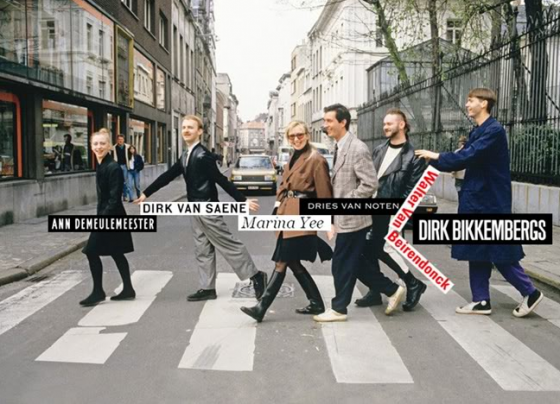
The Antwerp Six, Image By Philippe Costes/WWD ARCHIVE
The lecture finished with a discussion on how Antwerp became a fashion capital at the end of the 20th century because of the intellectualization of the city, which made it easier for fashion to be immersed. Thanks to the emergence of the Antwerp 6 (a rebellious group of six creative designers, who graduated from Antwerp’s Royal Academy of Fine Arts), the city of Antwerp have particularly showcased a way to nationally – better urbanize – avant-gardeness.
___________
Text by Soukaina Himmi





